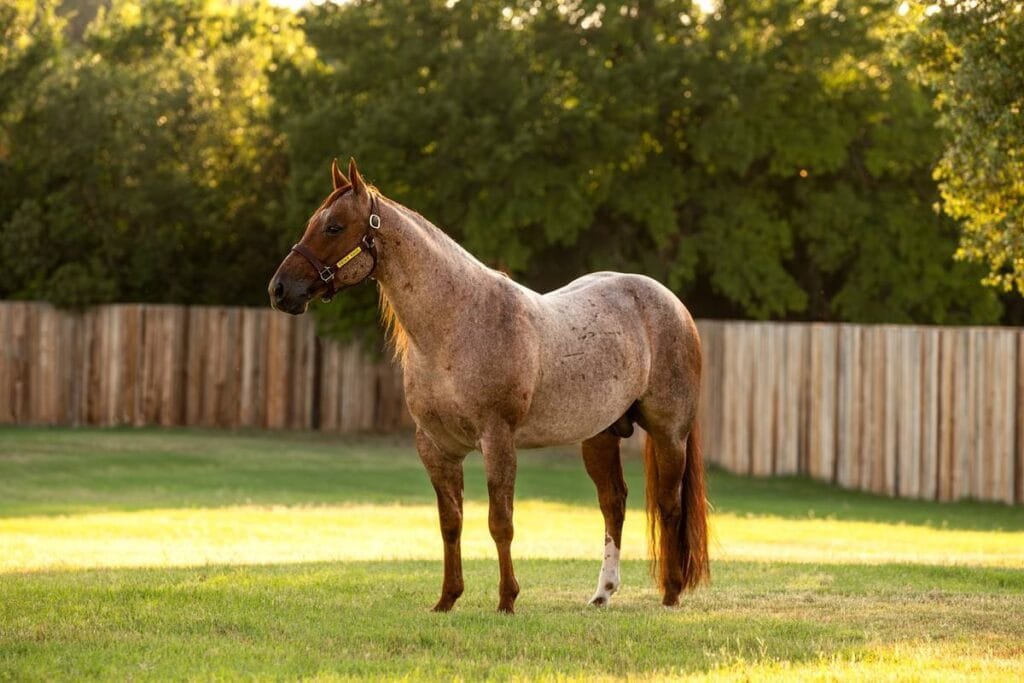Turkoman horse emerges as a timeless symbol of endurance, grace, and cultural heritage
This remarkable breed, native to the region of Turkmenistan and its surrounding lands, has captivated equestrians and historians alike for centuries. With its distinctive appearance and storied history, the Turkoman horse stands as a testament to the enduring bond between humans and horses, shaped by survival in harsh environments and refined through centuries of selective breeding.
Turkoman horse Origins
The origins of the Turkoman horse trace back thousands of years, deep into the annals of Central Asian history. Nomadic tribes such as the Turkomans, who inhabited the arid plains and mountains of what is now Turkmenistan, valued these horses not just as companions but as essential partners in their daily lives. Renowned for their resilience and stamina, Turkoman horses were integral to the survival of these ancient peoples, enabling them to traverse vast distances with speed and agility, and withstand the rigors of desert life.
Turkoman horse Characteristics and Appearance
Turkoman horse apart is its distinctive physical attributes, which reflect both its environment and its purpose. Standing tall with a refined head, long neck, and muscular build, the Turkoman embodies elegance and strength in equal measure. Its coat, often a gleaming shade of chestnut or bay, shimmers under the desert sun, a testament to its robust health and adaptability. These horses are known for their endurance, capable of covering hundreds of miles without faltering, a trait that has endeared them to riders and breeders across the centuries.
Turkoman horse Cultural Significance
Beyond their practical utility, Turkoman horses hold a profound cultural significance in the traditions of Central Asia. They were revered by ancient civilizations such as the Parthians and the Persians, who recognized their prowess in battle and their unmatched speed. The Turkomans themselves celebrated these horses through art, music, and poetry, elevating them to the status of cherished companions and symbols of national pride. Even today, Turkoman horses are a source of cultural pride for the people of Turkmenistan, embodying a heritage that stretches back to the dawn of civilization.

Turkoman horse Features
| Aspect | Description |
|---|---|
| Origin | Originates from Turkmenistan and surrounding regions of Central Asia. |
| Physical Characteristics | – Refined head<br>- Long, arched neck<br>- Strong, muscular body<br>- Average height: 15-16 hands<br>- Coat colors: predominantly bay or chestnut with a metallic sheen |
| Temperament | Known for intelligence, courage, and loyalty; can be spirited yet trainable. |
| Historical Significance | Valued as warhorses by ancient civilizations like the Parthians and Persians; integral to Turkoman culture and folklore. |
| Endurance and Stamina | Exceptional endurance and stamina, capable of long-distance travel in desert environments. |
| Versatility | Suitable for various equestrian disciplines including endurance riding, dressage, and show jumping. |
| Cultural Importance | Celebrated in Turkmen art, music, and literature; national symbol of pride and heritage. |
| Conservation Efforts | Conservation efforts focus on maintaining genetic purity and health; breeding programs in Turkmenistan and internationally. |
| Current Challenges | Urbanization, habitat loss, and genetic diversity preservation amid modern agricultural practices. |
| Global Presence | Increasing international interest and recognition; exported to various countries for breeding and competition purposes. |
Turkoman horse Races and Auctions and Events
A popular activity in Turkmen culture is horse racing. Horse racing is performed in almost all national holidays, tribe events, wedding parties, etc. The official horse races are held in different cities such as Gonbad Kavous, Agh Qala and Bandar Turkaman since the 1920s. Also, there are annual events where people can buy and sell horses. A well-known public festival is held every year in the Sufian Village of Kalaleh County, Golestan Province. A horse beauty contest, as well as horse racing, is another event that takes place annually. Horses are judged based on their pedigree, their walking style and appearance. Also, an auction is held a day before the event for anyone interested in purchasing new horses.




